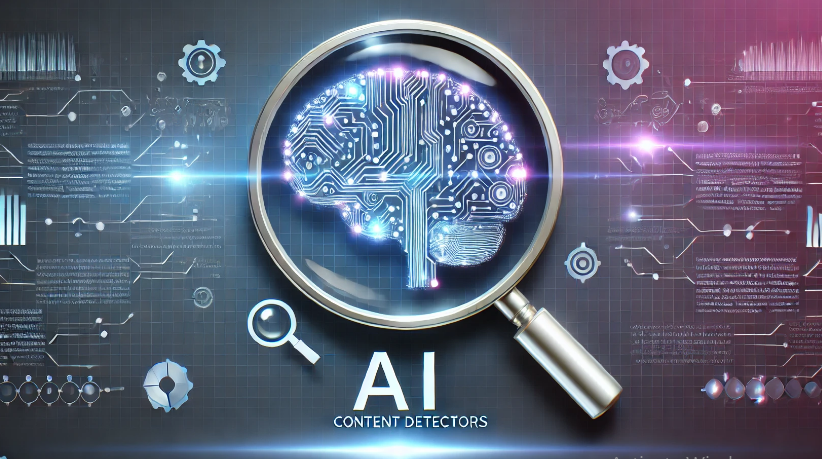Artificial Intelligence (AI) is reshaping industries, transforming everything from healthcare and finance to transportation and education. However, building reliable and effective AI systems is far from straightforward. Behind every intelligent application lies a complex web of engineering challenges that demand innovation, precision, and foresight. Let’s explore the major hurdles engineers face in the journey of AI development and the strategies used to overcome them.
Data Acquisition and Quality Control
The Foundation of AI: Quality Data
AI systems thrive on data—vast amounts of it. One of the foremost engineering challenges is not just acquiring data, but ensuring its quality, diversity, and relevance. Poor data quality leads to biased, inaccurate, or unreliable AI models.
Engineers must deal with incomplete datasets, noisy entries, and biased sampling. Developing techniques for data cleaning, augmentation, and validation is essential. Moreover, ensuring that data represents all user groups fairly is critical to avoid unintended consequences, such as racial or gender biases in AI-driven decisions.
Scalability and Infrastructure Engineering
Building Systems That Grow
Another key obstacle is designing AI systems that can scale. As datasets grow and models become more complex, the computational demands increase exponentially. Engineers must architect infrastructures—often cloud-based or hybrid systems—that support efficient data processing, model training, and real-time inference.
Techniques like distributed computing, model parallelism, and the use of high-performance GPUs or TPUs are crucial. Managing server loads, ensuring uptime, and optimizing performance without skyrocketing costs are constant engineering battles.
Algorithmic Transparency and Explainability
The Black Box Problem
One of the most discussed challenges in AI engineering is the black box nature of many models, particularly deep learning networks. Engineers must create systems that not only deliver high performance but are also interpretable by humans.
Explainable AI (XAI) is a growing field aimed at making AI decisions understandable. This involves developing algorithms that can provide clear, traceable reasoning for their outputs, especially important in sectors like healthcare, law, and finance, where trust and accountability are paramount.
Ethical and Regulatory Compliance
Engineering with Responsibility
Engineering AI responsibly means navigating an evolving landscape of ethical and legal standards. Engineers must ensure AI systems comply with data protection regulations such as GDPR and CCPA, safeguarding user privacy and promoting fairness.
Embedding ethical guidelines into the AI development process—from data collection to deployment—is essential. This includes addressing algorithmic bias, preventing misuse, and implementing measures for AI accountability.
Real-Time Processing and Low Latency Solutions
Speed Matters
In applications like autonomous vehicles, financial trading, or medical diagnostics, real-time processing is non-negotiable. Engineers face the challenge of creating AI systems that can process inputs and deliver decisions in milliseconds.
Techniques like edge computing, where processing is moved closer to the data source, are becoming increasingly important. Optimizing algorithms for speed without sacrificing accuracy requires careful engineering trade-offs.
Continuous Learning and Model Updating
Adapting to Change
AI models are not static. They need to evolve as new data becomes available and environments change. Building systems that allow for continuous learning without catastrophic forgetting is a significant engineering challenge.
Techniques like online learning, reinforcement learning, and federated learning are employed to enable models to adapt efficiently. Additionally, engineers must devise mechanisms for model monitoring, retraining, and validation to maintain system performance over time.
Security Threats and AI Vulnerabilities
Protecting Intelligent Systems
As AI systems become more integrated into critical infrastructure, they become targets for cyberattacks. Engineers must anticipate and mitigate risks such as data poisoning, adversarial attacks, and model inversion.
Robust security measures—including anomaly detection, secure model training, and cryptographic protections—are essential to safeguard AI applications. Developing AI systems with built-in resilience against malicious exploitation is a pressing engineering priority.
Integration with Legacy Systems
Bridging Old and New Technologies
Deploying AI solutions often requires integration with existing legacy systems, many of which were not designed to accommodate modern technologies. Engineers must develop flexible APIs, data pipelines, and middleware to ensure seamless integration.
Achieving compatibility while maintaining data integrity, security, and performance poses a complex engineering task, especially in industries like banking, healthcare, and manufacturing.
Resource Constraints and Energy Efficiency
Green AI: Sustainable Engineering
Training large AI models consumes enormous amounts of computational power and energy. Engineers face increasing pressure to make AI development more sustainable.
Efforts toward Green AI include optimizing algorithms for efficiency, employing energy-saving hardware, and exploring methods like knowledge distillation and model pruning to reduce the size and power requirements of AI models without compromising performance.
Human-AI Collaboration
Designing for Partnership
AI is most powerful when it complements human intelligence. Designing systems that facilitate effective human-AI collaboration is a unique engineering challenge.
This involves creating intuitive user interfaces, providing transparent insights into AI decision-making, and allowing human intervention when necessary. Engineers must focus on building AI that augments human capabilities rather than replaces them.
Conclusion: Engineering the Future of AI
Engineering AI systems is a multidisciplinary endeavor fraught with complex challenges—but also brimming with extraordinary opportunities. From ensuring data integrity and scalability to addressing ethical concerns and building secure, sustainable models, the road to AI innovation demands the best of engineering expertise.
As AI continues to weave itself deeper into the fabric of society, tackling these engineering challenges head-on will be critical to unlocking its full potential, ensuring that future AI solutions are not only powerful but also fair, transparent, and aligned with human values.

Also Read :
